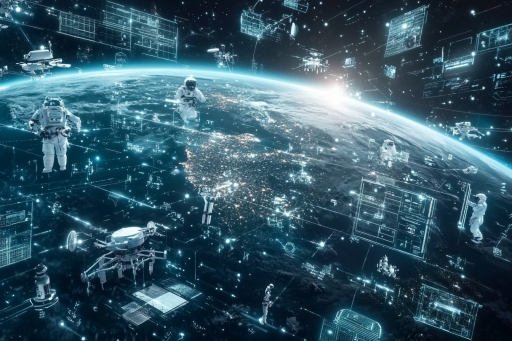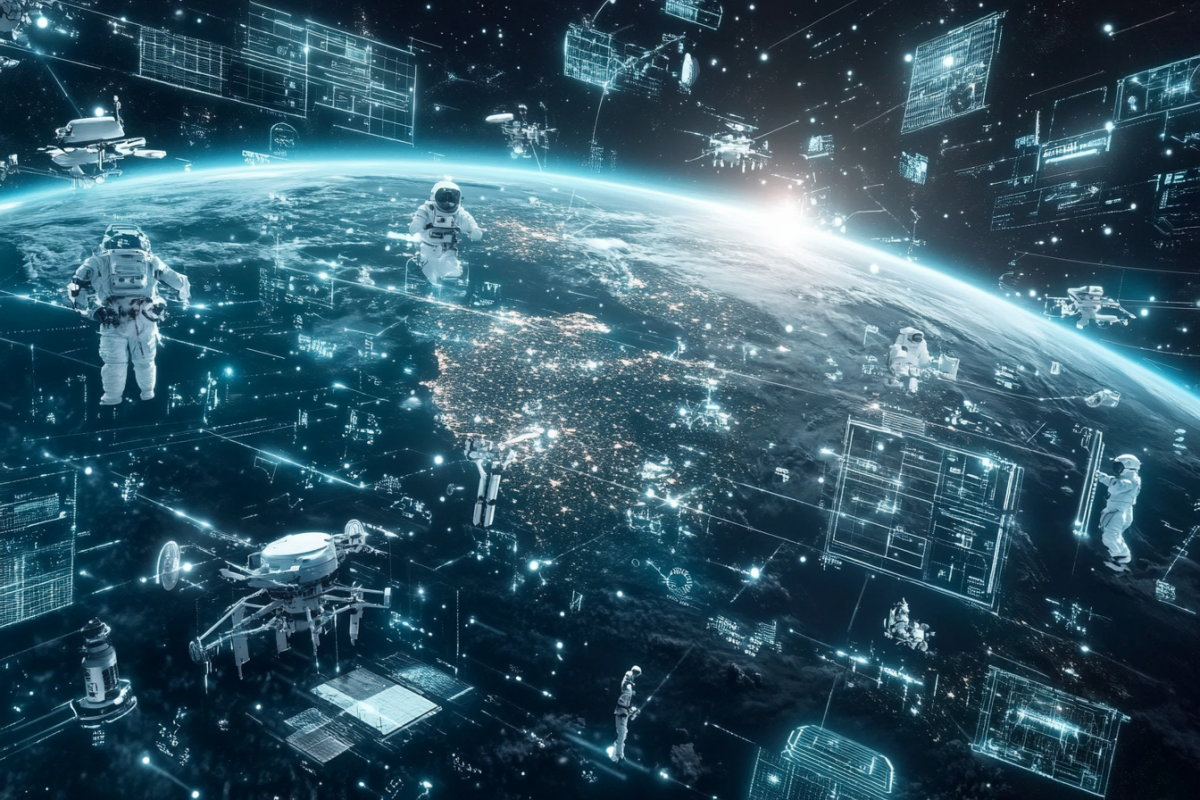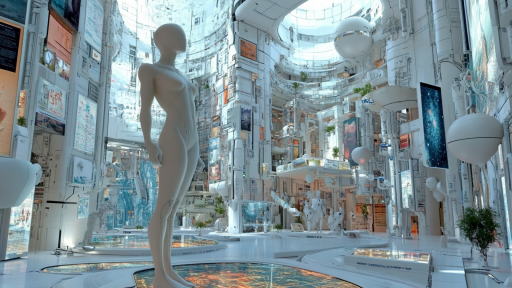
Space exploration isn’t just about reaching the stars—it’s also transforming life on Earth in unexpected ways. From medical breakthroughs to disaster prevention, technologies developed for space missions are now saving lives. Some of the most advanced innovations used in hospitals, rescue operations, and environmental protection originated from space research. Here are some of the most surprising ways space exploration is making Earth a safer place to live.
Advanced Artificial Limbs Inspired by Space Robotics

Prosthetic limb technology has improved dramatically thanks to robotics designed for space missions. NASA’s robotic arms and exoskeleton research have directly contributed to more functional, lightweight, and adaptive prosthetics. These innovations give people with amputations greater mobility and control than ever before.
Satellites That Predict and Prevent Natural Disasters

Earth-monitoring satellites track hurricanes, wildfires, and earthquakes, helping authorities prepare for disasters before they strike. These high-resolution images and climate models allow faster evacuations, saving countless lives. Without space-based surveillance, natural disasters would be far deadlier and harder to predict.
Cancer Detection Technology Developed for Space Missions

Techniques used in space telescopes to detect faint cosmic signals are now helping doctors identify early-stage cancer. NASA’s imaging innovations have improved mammography and other scanning devices, leading to earlier and more accurate diagnoses. This has saved lives by catching deadly diseases before they progress too far.
Water Purification Systems Inspired by Astronaut Life Support

Recycling water is essential for astronauts in space, and that same technology is being used to provide clean drinking water in disaster zones and developing countries. Filtration systems designed for space stations remove bacteria, viruses, and heavy metals, making even the most contaminated water safe to drink. These lifesaving systems are now deployed in areas facing water shortages worldwide.
Emergency Rescue Blankets Invented for Space Survival

The shiny, lightweight emergency blankets used by paramedics and disaster relief workers were first designed for astronauts. These thermal blankets retain body heat and are used to prevent hypothermia in trauma victims. They have saved lives in medical emergencies, outdoor rescues, and extreme weather conditions.
Heart Surgery Techniques Inspired by Space Robotics

Minimally invasive heart surgery has been revolutionized by robotic tools originally designed for space exploration. Tiny, precise robotic arms developed for assembling spacecraft are now used by surgeons to perform delicate, life-saving procedures with extreme accuracy. These advancements reduce complications and speed up recovery times.
GPS Technology Helps Emergency Responders Locate People Faster

GPS satellites, originally developed for space navigation, now play a crucial role in search and rescue missions. From lost hikers to disaster survivors trapped in rubble, GPS technology allows rescuers to pinpoint locations quickly. Without this space-based system, emergency response times would be much slower.
Smoke Detectors First Used on Spacecraft Are Now in Every Home

The smoke detector, a household safety essential, was originally developed for NASA’s Skylab space station. This innovation has saved countless lives by detecting fires early, giving people time to escape. Today, advanced fire detection systems protect homes, businesses, and public spaces worldwide.
Astronaut Exercise Equipment Helps Patients Rebuild Muscle

The resistance-based exercise machines astronauts use in space to prevent muscle loss have been adapted for physical therapy on Earth. These devices help people recovering from injuries or illnesses regain strength without traditional weights. Space-inspired rehab equipment has helped thousands of patients rebuild their mobility.
NASA-Developed Air Purification Helps People Breathe Easier

Air purification systems designed to keep space stations free of contaminants are now being used in hospitals, schools, and homes. These filters remove harmful bacteria, mold, and airborne pollutants, improving air quality for people with respiratory issues. This technology is crucial in fighting indoor air pollution.
Drones Designed for Mars Exploration Assist in Disaster Relief

Drones created for exploring Mars have been adapted for use in disaster response on Earth. They help search for survivors in collapsed buildings, deliver medical supplies, and survey dangerous areas without putting first responders at risk. These autonomous flying robots are saving lives in crisis situations.
Smart Textiles Developed for Space Are Revolutionizing Medicine

NASA-developed smart textiles, originally designed for astronaut suits, are now being used in medical applications. These advanced fabrics can monitor vital signs, regulate temperature, and even assist in wound healing. From smart hospital gowns to compression wear for circulatory health, space-inspired textiles are saving lives in unexpected ways.
NASA’s Food Preservation Methods Are Fighting World Hunger

The technology used to create long-lasting astronaut meals is now being used to reduce food waste on Earth. Freeze-drying and vacuum-sealing techniques extend food shelf life, helping disaster relief organizations and developing countries provide nutrition to those in need. These methods have helped combat malnutrition globally.
Space-Based Weather Monitoring Protects Against Deadly Storms

Satellites that monitor space weather also track dangerous weather patterns on Earth. These systems help predict extreme weather events like tornadoes and blizzards, allowing for early warnings and better preparedness. Accurate forecasting has saved countless lives by reducing storm-related casualties.
Radiation Shielding Protects Cancer Patients

Materials developed to shield astronauts from cosmic radiation are now used in cancer treatments. These shielding technologies protect patients undergoing radiation therapy, reducing damage to healthy tissue. Space innovations continue to improve medical treatments and patient safety.
Space Exploration Isn’t Just About the Stars

Many of the life-saving technologies we use every day started as solutions for surviving in space. From medicine to environmental protection, innovations from space research continue to benefit people worldwide. As humanity pushes further into the cosmos, we may uncover even more unexpected ways space exploration improves life on Earth.





